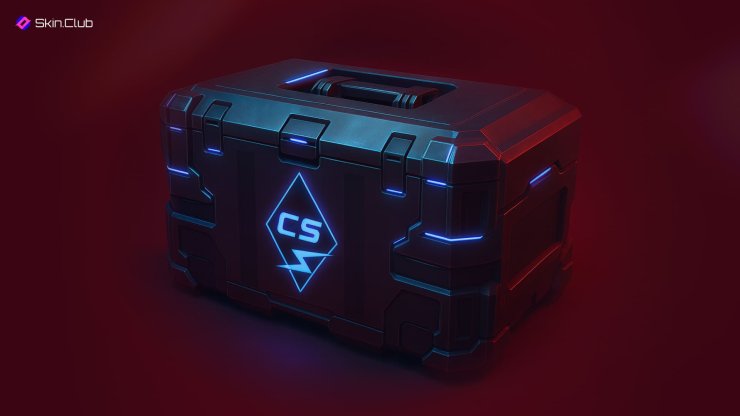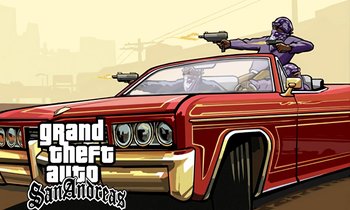Counter-Strike 2 (CS2) has quickly become one of the most popular multiplayer games of the decade. It offers smoother gameplay and a stronger in-game economy, attracting millions of players around the world. Gurugamer’s readers usually enjoy mobile game updates, open-world RPGs, and modded shooters. But one theme unites players across all genres: the love for in-game collectibles. In CS2, this comes through weapon skins and case openings. These combine chance, excitement, and real-world value.

Learning how the CS2 case system works makes the experience of opening cases more fun. It also shows how the system links to bigger gaming trends like customization, esports, and online markets. This article looks at the basics of case openings, how skin prices play a role, and why this system has become a key part of gaming culture.
Why Case Openings Matter in CS2
At first, a case opening might look like a simple animation that reveals a cosmetic item. In reality, it plays an important role in CS2’s player-driven economy. Supply, demand, and rarity shape the value of every skin.
Here are the main reasons case openings matter:
- Player Expression – Skins let players customize their weapons and show their own style during matches.
- Esports Branding – Professional players use rare skins in tournaments, which increases the popularity and value of those items.
- Market Value – Many skins have real-world prices, and the rarest ones can sell for thousands of dollars.
- Excitement Factor – Opening a case feels like opening a pack of collectible cards, creating tension and excitement.
The mix of personal style, market value, and entertainment makes CS2 cases a lasting part of the Counter-Strike series.
How the CS2 Case System Works
CS2 keeps the main mechanics that players knew from Counter-Strike: Global Offensive, but it also introduces some small improvements. Every case needs a key to open. Inside each case, players can find skins that range from very common items to very rare knives or covert skins.
Important points to know about CS2 cases:
- Rarity Tiers – Skins come in different rarity levels: Consumer, Industrial, Mil-Spec, Restricted, Classified, Covert, and the rare Knives/Gloves.
- Float Value – This shows the wear of a skin, from Factory New to Battle-Scarred. The condition affects both how the skin looks and how much it costs.
- Case Collections – Each case belongs to a themed collection, often tied to updates, events, or designs.
- Market Interaction – Players can trade or sell skins they get from cases. These trades happen on the Steam marketplace and also on third-party platforms.
Players who want to track CS2 skin prices need to understand these rules. Checking prices helps not only with following the market but also with making smarter choices about which cases to open and which skins to keep.
The Rising Importance of Skin Prices
Unlike cosmetic items in many free-to-play games, CS2 skins hold real-world value. Scarcity, community demand, and the connection to esports give this system strength.
Main factors that affect skin prices include:
- Rarity and Drop Rate – Skins that drop less often usually cost more.
- Float and Pattern – Two skins of the same type may have very different prices depending on wear level and unique patterns.
- Game Updates – New cases or patches can increase interest in old skins.
- Esports Visibility – Skins used in big tournaments often become more popular.
- Community Trends – Streamers, content creators, and influencers can raise demand for certain skins.
This pricing system makes CS2’s economy interesting for both players and people who study digital markets.
CS2 Skins in the Esports and Streaming World
Esports has played a massive role in shaping CS2’s skin economy. Major tournaments often feature skin giveaways, special cases, or exclusive drops. Skins have even become part of team branding, with players recognized for iconic weapon designs they carry into matches.
Streamers also fuel this ecosystem. Case opening streams on platforms like Twitch or YouTube attract millions of views, turning what might seem like a simple action into a form of entertainment.
Comparing CS2’s Economy to Other Games
Gurugamer readers can see similarities between CS2 case openings and systems in other games:
- Free Fire and PUBG Mobile – These games use loot crates that give limited-time cosmetics with different levels of rarity.
- Fortnite – Instead of loot crates, Fortnite uses a rotating item shop. This creates scarcity in a different way.
- Minecraft Mods – Mods do not connect to real-world pricing, but they still allow players to customize their game and create unique experiences.
CS2 is different because its skins connect directly to a player-driven economy. Items in CS2 can be traded and sold, which gives them real monetary value. In many mobile games, cosmetics disappear in time or stay only as digital items without trade value. In CS2, skins are both collectibles and assets.
How to Approach Case Openings Strategically
Opening cases is exciting, but smart players use strategies to control spending and increase their chances of success. Here are some useful guidelines:
- Set a Budget – Decide how much you want to spend before opening cases. This keeps the activity fun and safe.
- Check Market Trends – Look at which skins are popular or valuable before choosing a case.
- Hold or Sell – Rare skins often rise in value over time. Sometimes it makes sense to keep them instead of selling them right away.
- Engage with the Community – Join forums, Discord groups, or marketplaces to learn what other players expect from future updates.
With a clear plan, case openings become more than a gamble. Players can enjoy the excitement while also making informed choices.
The Future of CS2 Cases
As CS2 grows, players are already guessing what the next skins will look like. Developers now have better graphics tools, so future skins may include sharper textures, smoother animations, and more creative designs.
Possible future changes include:
- Dynamic Skins – Skins that change based on how well a player performs in a match.
- Event-Limited Collections – Special cases released during seasonal updates or esports tournaments.
- Clearer Odds – Stricter rules on loot boxes may push developers to share more details about drop chances.
- Wider Trading Options – Trading systems may expand beyond Steam and connect more closely with esports teams or events.
These updates would combine design, rarity, and trading value, keeping CS2 cases an important part of gaming for years ahead.
Final Thoughts
CS2’s case opening system blends fun, personalization, and real value. Many games use cosmetic items, but CS2 skins stand out because they are part of a real economy shaped by players, developers, and the esports scene.
If you enjoy collectibles, want to follow skin prices, or simply like the excitement of opening a case, CS2 offers something unique. It is not just about the look of a weapon—it is about how virtual items can hold meaning and value in the gaming world.










Comments